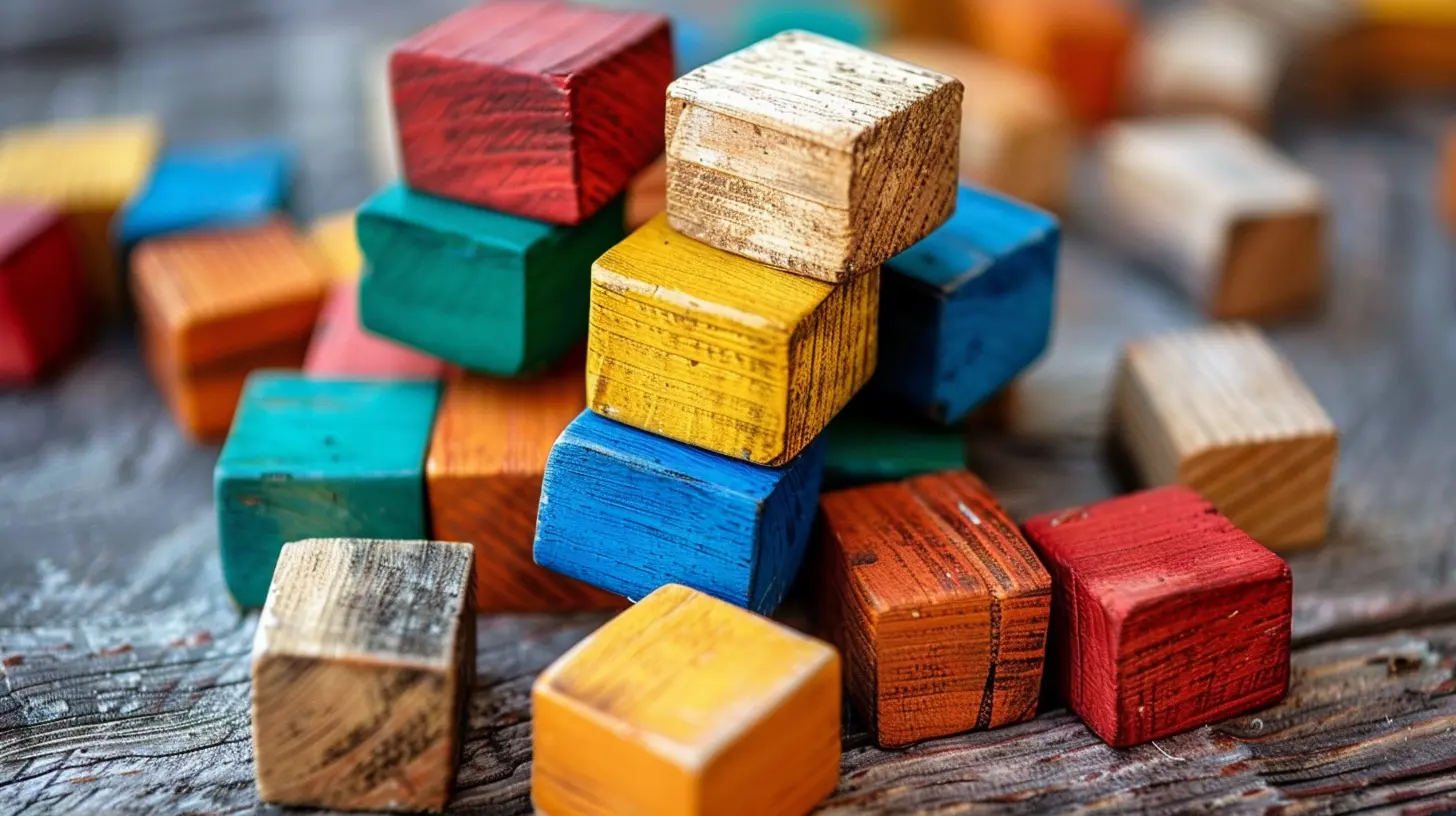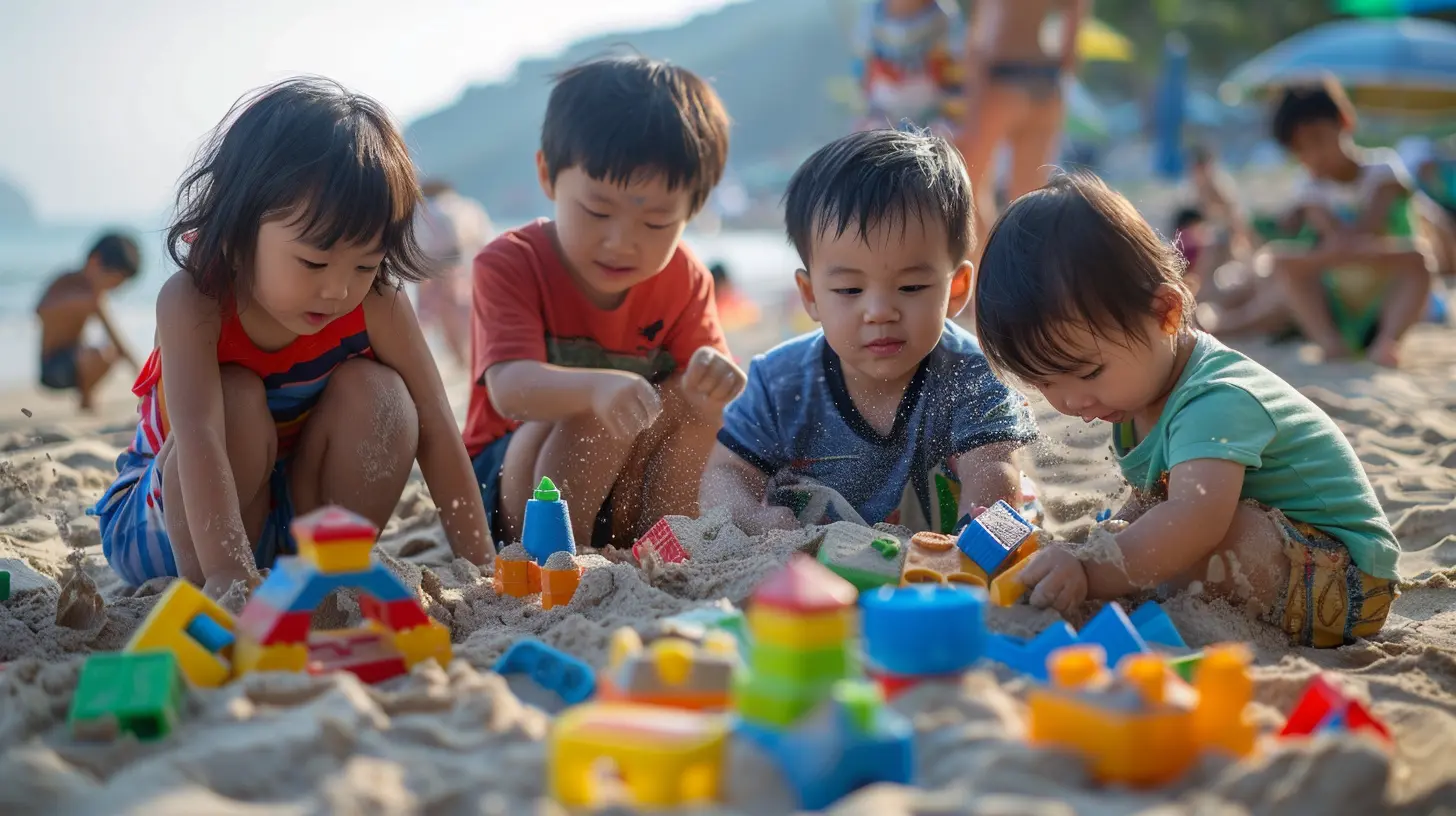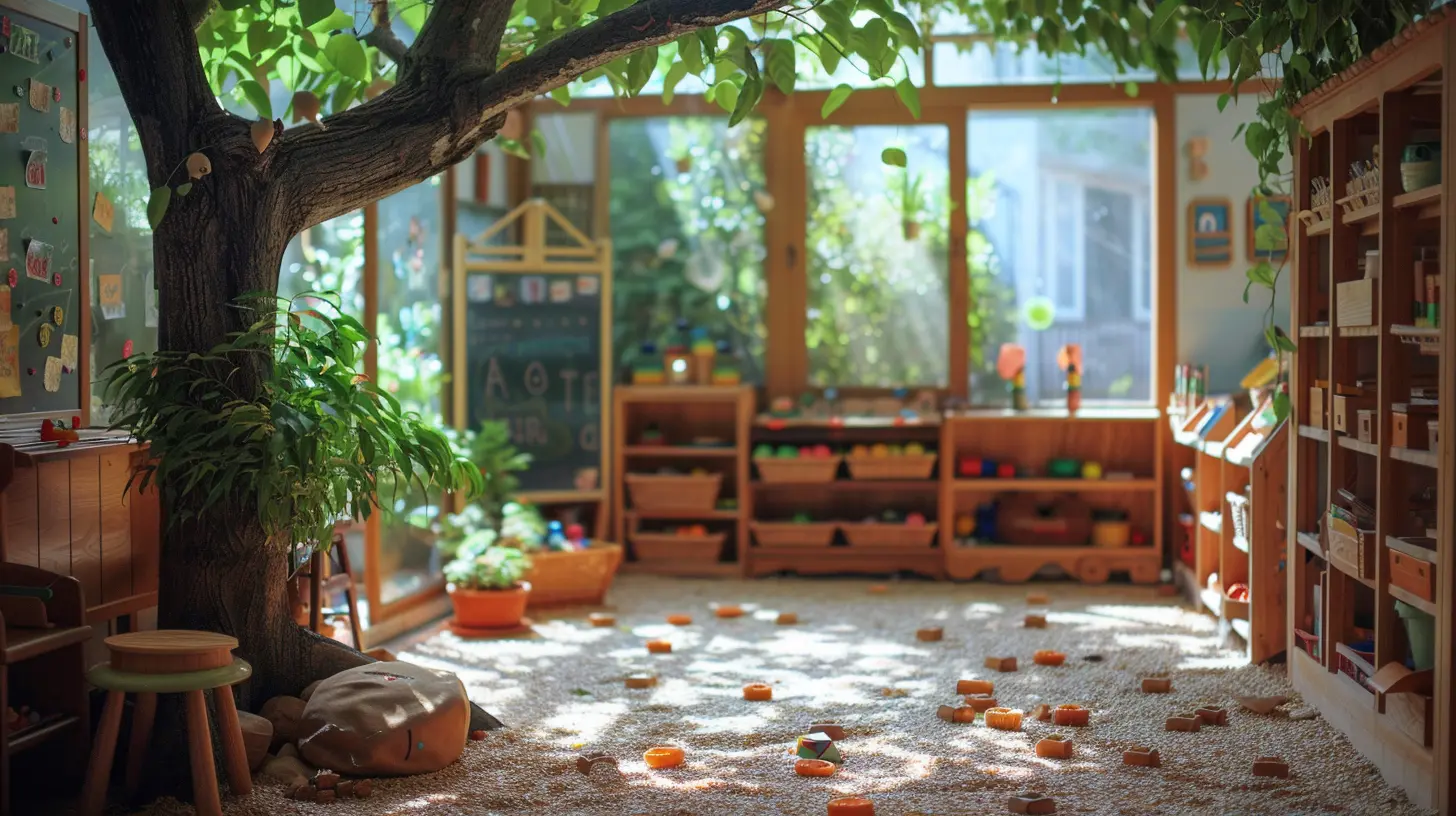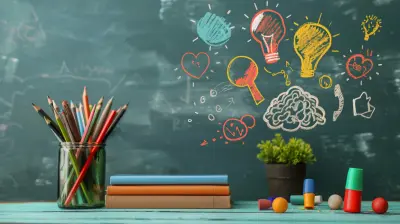The Role of Play in Early Childhood Teacher Training
21 November 2025
When we think about the concept of play, we often picture kids running around, giggling, building towers out of blocks, or pretending to be superheroes and astronauts. But what if I told you that play is as crucial to teachers as it is to children? Especially for those stepping into the world of early childhood education. Yep, you read that right—play isn't just child’s play; it should be central to how we train early childhood educators too.
Let’s dive deep into how play shapes teacher training. We’ll unpack why it matters, how it works, and what it brings to the table in creating well-rounded, emotionally intelligent, and engaging educators who can truly connect with young learners.
Why Talk About Play in Teacher Training?
You're probably thinking, “Isn’t play just for kids?” Well, that’s the first myth we need to bust.Play is far more than fun and games. In the world of early childhood education, play is how children learn. They develop social skills, test out ideas, and make sense of their environment—all through playful exploration. So, if play is the main language of early learners, shouldn't their teachers be fluent in it too?
That’s exactly why play needs to take a front seat in early childhood teacher training programs. When educators understand play—really understand it—they can use it as a powerful educational tool.
Understanding The Educational Power of Play
Let’s pause for a second. Imagine trying to teach someone a language you don't speak. Sounds impossible, right? Well, that’s what it’s like for early childhood teachers who don't grasp the nature of play.Play is children’s first language. It’s how they express curiosity, frustration, joy, confusion—all those big emotions that little ones haven’t yet learned to put into words. So if teachers can interpret these signals and respond appropriately, they can guide learning in a way that's natural and engaging for the child.
Early childhood teacher training that integrates play helps future educators:
- Understand developmental stages through observation of play
- Foster creativity and imagination in the classroom
- Nurture a love of learning
- Manage behavior in non-punitive, supportive ways
- Develop empathy and insight into a child’s world
So, yeah… play is kind of a big deal.
Play as a Pedagogical Tool: Teaching Teachers to Teach Through Play
Here’s where things get really interesting. In high-quality training programs, teacher candidates don’t just learn about play—they learn through play.Think of this like a cooking class where you don’t just watch the instructor bake a cake—you actually roll up your sleeves and do it yourself. That’s experiential learning at its best. And it’s exactly what future teachers need.
When teacher trainees engage in play-based activities—drama, storytelling, game design—they begin to:
- See the value of play firsthand: It’s one thing to read about benefits in a textbook. It’s a whole other thing to feel those benefits when you’re having fun and deeply immersed.
- Build confidence: A lot of adults feel silly playing. But by engaging in play themselves, teachers learn to get comfortable with being playful, creative, and spontaneous—qualities that are gold in early classrooms.
- Develop empathy: When you play like a child, you start to think and feel like one. This helps teachers be more emotionally attuned and patient with young children.
Key Components of Play-Based Teacher Training
So, what does this actually look like in practice? Great question. Let’s look at some elements commonly found in play-centric teacher training programs:1. Role-Playing and Simulation
This is where teacher trainees act out real-life classroom scenarios. It might be something like managing a conflict between two preschoolers, setting up a learning center, or reading a story in a way that captivates young minds.Role-playing helps future teachers practice their responses, fine-tune their communication, and find their “teacher voice.” Plus, it’s a safe space to make mistakes and learn from them. And guess what? That’s a kind of play too.
2. Reflective Practice
After participating in play-based exercises, it’s essential to pause, rewind, and reflect. What worked? What didn’t? What did I learn about myself? About children?This reflection phase helps translate playful experiences into meaningful teaching strategies. It bridges that gap between doing and understanding.
3. Interdisciplinary Learning Through Play
Good training programs integrate subjects—math, science, art, literacy—into play. For example, trainees might build a city out of cardboard and explore concepts like measurement, community, and storytelling all at once.That’s holistic education. And teachers get to see how the same approach can be applied in their own classrooms to build interdisciplinary units through playful learning.
The Science Behind It All: What Research Says
Okay, let’s bring in some brain stuff—because neuroscience totally backs up the benefits of play.Studies have shown that play activates the brain’s reward centers, enhances memory, and boosts problem-solving skills. For teacher trainees, engaging in play helps solidify learning and reduce stress. And let’s be honest—teacher training can be crazy stressful. Play offers a break from the grind, while still being deeply educational.
Interestingly, the part of the brain responsible for empathy and understanding others (the prefrontal cortex) becomes more active during collaborative play. That means future teachers who engage in these activities actually build up the mental muscles they need to connect with their students.
Play isn’t just fluff. It’s mental gymnastics.
Debunking Misconceptions About Play in Teacher Training
Let’s address a few common misconceptions:1. “Play is unstructured and chaotic.”
Actually, there’s a ton of structure in high-quality play. It has goals, rules (even if unspoken), and roles. Teachers who understand this can guide play without killing the fun.2. “Play wastes valuable learning time.”
Nope. Play is learning, especially in early childhood. When teachers know how to harness it, they can teach everything from counting to cooperation within a playful framework.3. “Adults can’t benefit from play.”
Honestly? Adults need play as much as kids do—maybe more. It keeps us sharp, creative, and emotionally balanced, which is pretty useful when you’re corralling a room full of three-year-olds.Real-Life Skills Gained Through Play
So, what do future teachers actually gain from all this play?- Communication skills: Through games, role-play, and storytelling.
- Collaboration: Working in teams, solving problems together.
- Creativity: Exploring open-ended materials and imaginative scenarios.
- Problem-solving: Navigating unpredictable outcomes in play settings.
- Emotional intelligence: Learning to read and respond to emotional cues during play.
These are the same “soft skills” employers across all industries are screaming for. And in education? They’re non-negotiable.
Bringing It Back to the Kids
At the end of the day, all of this—the training, the play, the theory—comes back to the children.When teachers have been trained through play, they walk into the classroom with a mindset that’s open, flexible, and child-centered. They’re more likely to create environments where kids feel safe to explore, take risks, make mistakes, and learn deeply.
And guess what? Those are the kinds of classrooms where magic happens.
Final Thoughts: Time To Rethink Training
Here’s a challenge: Let’s stop treating play as an “extra” in teacher education. It’s not a break from “real learning.” It is real learning.Future teachers need more than lectures and textbooks. They need hands-on, feet-in-the-sand, paint-in-the-hair experiences that ignite their creativity and fuel their passion. Play makes that possible.
So, whether you’re designing a curriculum, attending a training workshop, or just thinking about jumping into early childhood education—remember this: To truly reach the hearts of little learners, we must first be willing to play.
all images in this post were generated using AI tools
Category:
Teacher TrainingAuthor:

Anita Harmon
Discussion
rate this article
1 comments
Mercy McMahon
What a delightful read! Emphasizing the role of play in early childhood teacher training is essential for fostering creativity and joy in learning. It’s inspiring to see how play can nurture passionate educators who will shape young minds. Play on, future teachers! 🌟🎉
November 21, 2025 at 5:41 AM


